
Zare enhances its additive manufacturing capabilities for the aerospace industry
source:Industrial Laser Solution
release:Nick
keywords: Additive manufacturing laser melting Zare SLM Solutions
Time:2017-12-15
Additive manufacturing and rapid prototyping services provider Zare (Boretto, Italy) has expanded its capabilities with a SLM 280 2.0 selective laser melting system from SLM Solutions Group (Lübeck, Germany).
In 2011, Zare rapidly expanded its expertise in the additive manufacturing field by adding services in post-processing, prototype finishing, and preparing dental technical and medical models. The company offers special surface finishing and reverse engineering with a high level of diligence and reliability, and is therefore is well prepared for cultivating new international markets.
Zare recently received its first SLM 280 2.0 system and put it into operation, providing a wide range of machines for additive manufacturing as well as focusing on research and testing individual materials. The system is particularly suitable for processing high-performance materials and, consequently, is the ideal machine for manufacturing in the aerospace industry. The company is currently working with the material AlSi7Mg0.6 (A357). The correct setting of the machine is the prerequisite for producing high-quality parts that require little post-processing.
In addition, the company also uses the exclusive alloy Scalmalloy, which was developed by Airbus APWorks (Taufkirchen, Germany). Zare tests and defines processes in accordance with the standard UNI EN 9100:2009 to take full advantage of the construction chamber height of the SLM 280 2.0 with this high-performance alloy.
The SLM 280 2.0 system has a construction space measuring 280 × 280 × 365 mm3. Specialists from the industry maintain that the greater the z-axis, the greater the quality. The designers at Zare were convinced by the substantial construction chamber height of the SLM 280 2.0. "If you have a larger vertical expansion available, then that component in the machine can be aligned better and the number of necessary support elements reduced, which also reduces unwanted tension inside the component," according to Andrea Pasquali, co-owner of Zare.
- RoboSense is to Produce the First Chinese Multi-beam LiDAR
- China is to Accelerate the Development of Laser Hardening Application
- Han’s Laser Buys Canadian Fiber Specialist CorActive
- SPI Lasers continues it expansion in China, appointing a dedicated Sales Director
- Laser Coating Removal Robot for Aircraft
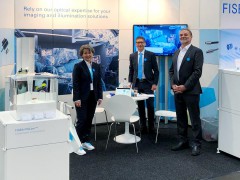 FISBA exhibits Customized Solutions for Minimally Invasive Medical Endoscopic Devices at COMPAMED in
FISBA exhibits Customized Solutions for Minimally Invasive Medical Endoscopic Devices at COMPAMED in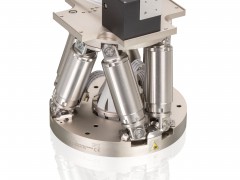 New Active Alignment System for the Coupling of Photonic Structures to Fiber Arrays
New Active Alignment System for the Coupling of Photonic Structures to Fiber Arrays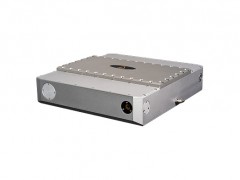 A new industrial compression module by Amplitude
A new industrial compression module by Amplitude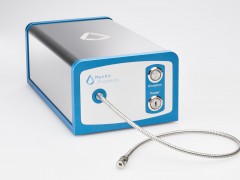 Menhir Photonics Introduces the MENHIR-1550 The Industry's First Turnkey Femtosecond Laser of
Menhir Photonics Introduces the MENHIR-1550 The Industry's First Turnkey Femtosecond Laser of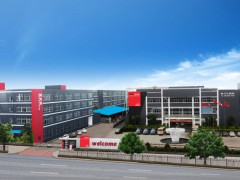 Shenzhen DNE Laser introduced new generation D-FAST cutting machine (12000 W)
more>>
Shenzhen DNE Laser introduced new generation D-FAST cutting machine (12000 W)
more>>
